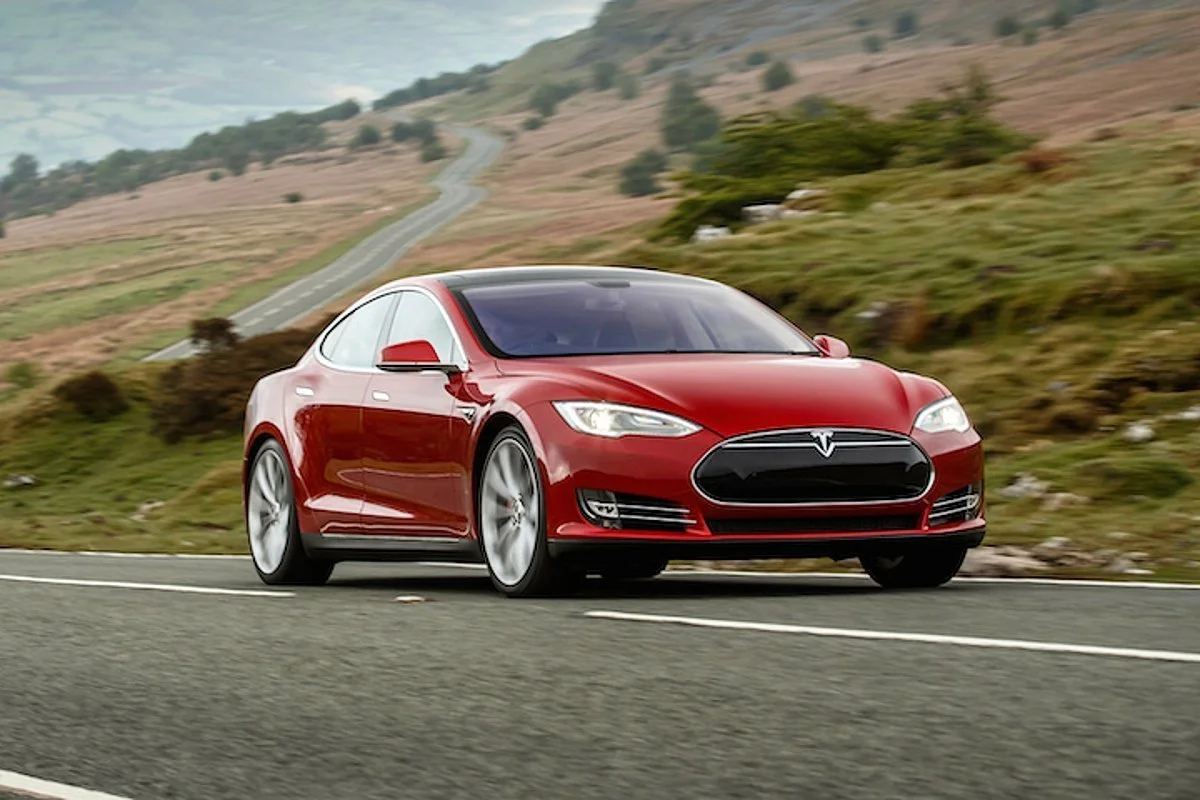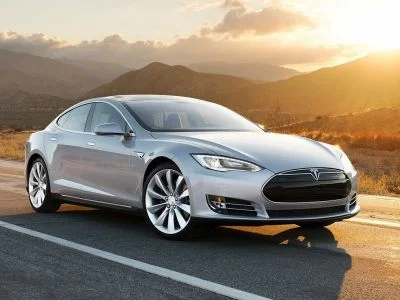
Researchers at Drexel University have designed heat dissipation systems for electric car batteries. As a guide, they used the vascular system of complex living organisms. This development allows to increase the autonomy of Tesla Model S batteries by about a quarter.

Composites function like organisms dissipating excess internal energy through a thermoregulatory system. The created technology calculates the optimal silhouette, size and number of microscopic vascular channels for instant heat removal. At the same time, the design is being optimized for highly efficient flow of refrigerant moving through the microchannels.
When structurally optimizing the battery, the developers took into account the following indicators: the thickness and orientation of the fibers in all layers of carbon fiber, the volume fraction of the fibers in the active elements, and the number of microscopic vascular composite panels that regulate heat. For all combinations of materials, the stiffness of the structural composite producing the cooling was measured separately. This was done to ensure that the composite meets the standards of electric vehicle integrity. After that, the magnitude of energy consumption was modeled, the analysis of the temperature of the battery and the prediction of autonomy.

According to one of the chief engineers of the project, Ahmad Najafi, the composites used in the work perform an identical function to the radiators in a car with an internal combustion engine. The refrigerant takes energy away from the battery composite as it travels through a network of microscopic channels.
It is noted that the stabilization of the temperature of structural batteries by introducing interlayers of cooling composite elements between them will make it possible to increase the duration and effective power range of the batteries. Modeling for the Tesla Model S showed a 23% increase in autonomy. At the moment, this technological solution is being tested by such automakers as Tesla, Volkswagen and Volvo.

Composites function like organisms dissipating excess internal energy through a thermoregulatory system. The created technology calculates the optimal silhouette, size and number of microscopic vascular channels for instant heat removal. At the same time, the design is being optimized for highly efficient flow of refrigerant moving through the microchannels.
When structurally optimizing the battery, the developers took into account the following indicators: the thickness and orientation of the fibers in all layers of carbon fiber, the volume fraction of the fibers in the active elements, and the number of microscopic vascular composite panels that regulate heat. For all combinations of materials, the stiffness of the structural composite producing the cooling was measured separately. This was done to ensure that the composite meets the standards of electric vehicle integrity. After that, the magnitude of energy consumption was modeled, the analysis of the temperature of the battery and the prediction of autonomy.

According to one of the chief engineers of the project, Ahmad Najafi, the composites used in the work perform an identical function to the radiators in a car with an internal combustion engine. The refrigerant takes energy away from the battery composite as it travels through a network of microscopic channels.
It is noted that the stabilization of the temperature of structural batteries by introducing interlayers of cooling composite elements between them will make it possible to increase the duration and effective power range of the batteries. Modeling for the Tesla Model S showed a 23% increase in autonomy. At the moment, this technological solution is being tested by such automakers as Tesla, Volkswagen and Volvo.
Login or register to post comments
Comments 0